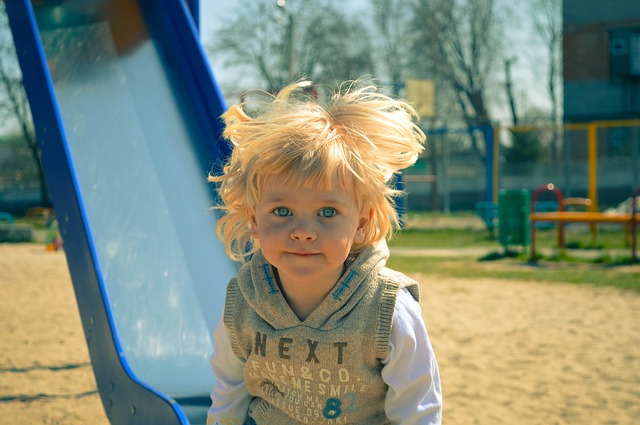Every once in a while we hear a statement that makes us recoil. That is “Montessori just lets children do whatever they want”. We have even heard this from people who would otherwise be trustworthy when it comes to information, people who are generally regarded as cautious prior to reporting information. Unfortunately, on occasion, these people are on platforms that are capable of spreading information – good and bad – very rapidly. To help counteract the bad information we are putting this blog out. Our goal is to provide some clarity to people who want to resolve the gap that exists between bad information and the fact that a Montessori education, particularly in the young age groups, is regarded as one of the best ways to give children a strong base for lifelong learning.
So lets look at the question of “Does Montessori allow children to do whatever they want?”. “
The short and definitive place to start to answer this is with Maria Montessori herself who said “To let the child do as he likes when he has not yet developed any powers of control is to betray the very idea of freedom”. Montessori values freedom very highly. It is the only education system we are aware of that puts freedom into practice from the youngest ages. Here again, Maria Montessori said that “only through freedom and environmental experience is it practically possible for human development to occur”. Clearly freedom matters in Montessori. So if letting a child do what they want undermines that freedom it seems pretty safe to say that Montessori does not let the child do whatever they want. This is likely enough for most people to say “okay, it doesn’t let children do whatever they want”. But some of you may need more.
One of the reasons that this myth persists stems from the fact that Montessori does in fact encourage children to choose their own work while also forgoing a central figurehead that lectures and tells children to sit down, sit still, and be quiet. Many people who themselves believe that order must be maintained by authority think that this approach would breed chaos. Our response is to suggest you tour a Montessori school during the work cycle (once it is allowed again post-COVID of course). The things you will see – even in the youngest age groups – tend to cause some dissonance. Children work quietly, they move freely about to find work, older children mentor younger children, and they work where they are comfortable. Some sit on thee floor. Others prefer a bean bag chair. Still others may choose a traditional table and chair. Some children work for five minutes on a project while others may spend an hour on a task. Just like you and I as adults – once our mind is drifting it is best that we (and they) move on to something else until we are focused. Ultimately it is clear that all of the children are working. How do we do this? Part of this stems from the environment itself. The Montessori environment is set up to be viewed and understood from a child’s perspective. Get down on your child’s level and what you see are shelves with enticing work that is laid out from easiest to hardest to master. It is meant to be appealing as well as focus the child on these activities as the only options they see. Beyond the environment, there is also the Directress or Director in the room. These are educated and experienced early-childhood experts who not only create and maintain the environment, but also step in to provide one-on-one lessons to the child who chooses new work for the first time or to help encourage the struggling child to set aside a frustrating task and find something more attuned to their current state.
So the next question may be, “what prevents chaos from erupting?”. Put another way, how do children develop and possess the control to not disrupt the work of everyone else? At Greystone House we have a number of methods we employ that are based on a desire to create responsible and ethical human beings. Our methods begin with a focus on discipline versus punishment. We teach and reinforce that children’s behavior is their own and it is not anyone else’s job, including Mommy and Daddy, to control their behavior. Much as we would with an adult who has lost control we give children the space to decide when they will rejoin the group, find their own work, and keep their hands to themselves. We give a “time-out” and the child must pull themselves together in order to join the group. A child who does so gains self-esteem by getting control of their behavior. Nearly all children have experienced this at one time or another and that sense of pride stays with them and helps ensure a peaceful environment. We also give lessons in grace and courtesy in our classrooms. This too contributes to a peaceful work environment where not only please and thank you are common, but children also make choices to help each other. Is it effective? It is very effective. Does it mean there is never an issue? Of course not. Even in a world of “mature” adults we see disruptions regularly. But disruptions and distractions are rare and the fact that this is the case without the need for authoritarian classroom designs speaks volumes to what children, and human beings in general, are capable of.
Ultimately Montessori both reflects the values of a free society and prepares children to live and be a productive part of one. The development of the person as well as the formation of a love for self-directed learning is at the core of Montessori – NOT an encouragement of anarchy.





